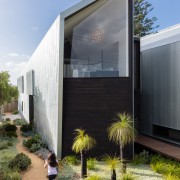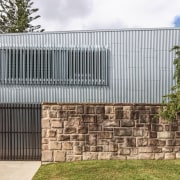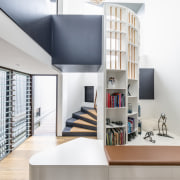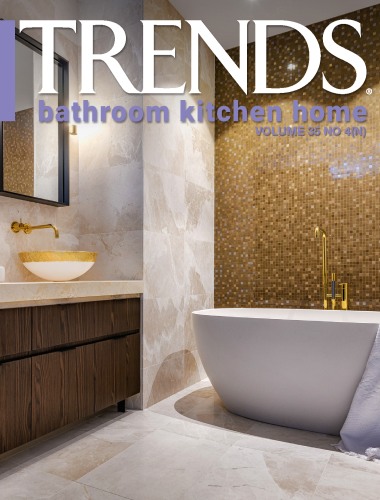Two-wing family home provides balance of family interaction and future independence as the kids get older
If you’ve got young children, don’t design your home just for the present – it should accommodate their growth and independence over the next couple of decades, says architect Clinton Cole
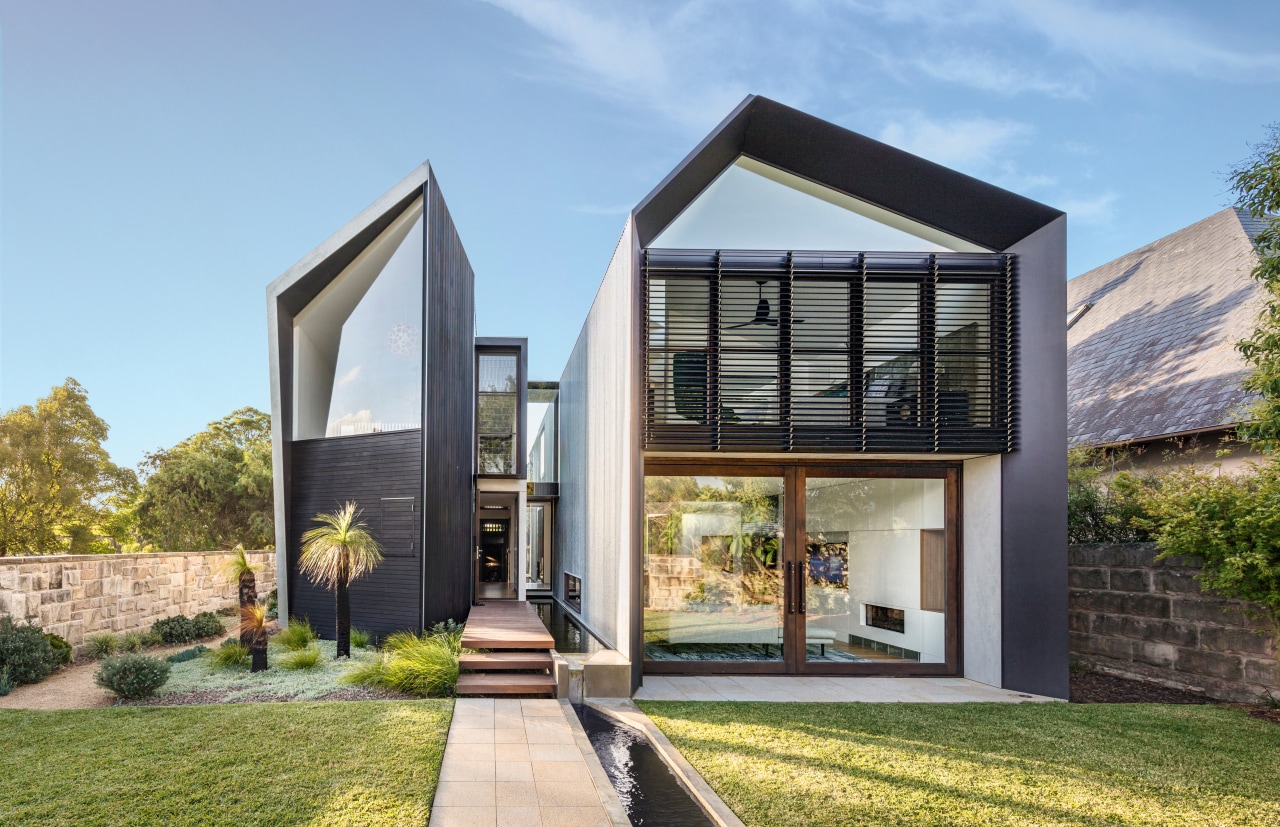
If the home you’re designing is for a young family, you’ll need to consider how it will work best for both you and your children. But architect Clinton Cole says the outcome shouldn’t just suit your current circumstances.
“In Sydney, the average age before children leave home is 28, mainly because of the high property prices,” he says. “So when we’re designing a family home, we always consider that the kids could still be there in 20 years’ time.”
The home featured here – for a family with three young children – shows how Cole’s design approach can allow for the way family dynamics change over time.
“It needed to be a house where there could be a lot of family interaction initially. But as the children grow into their teens, they will also need to have a sense of independence from their parents.”
To achieve this, Cole also had to overcome specific challenges of the site – an elongated corner site. First up was the removal of an existing home on the property, which Cole describes as ‘a shocker’. A sandstone boundary wall was the only element considered as worth keeping.
“Given that the home would be exposed to the street on two sides, it was crucial that any design response preserved privacy, while also maximising links to the outdoors,” says Cole.
Bringing all the elements together, his design consists of two wings stretched along the site, separated by a pond running down the central axis between them.
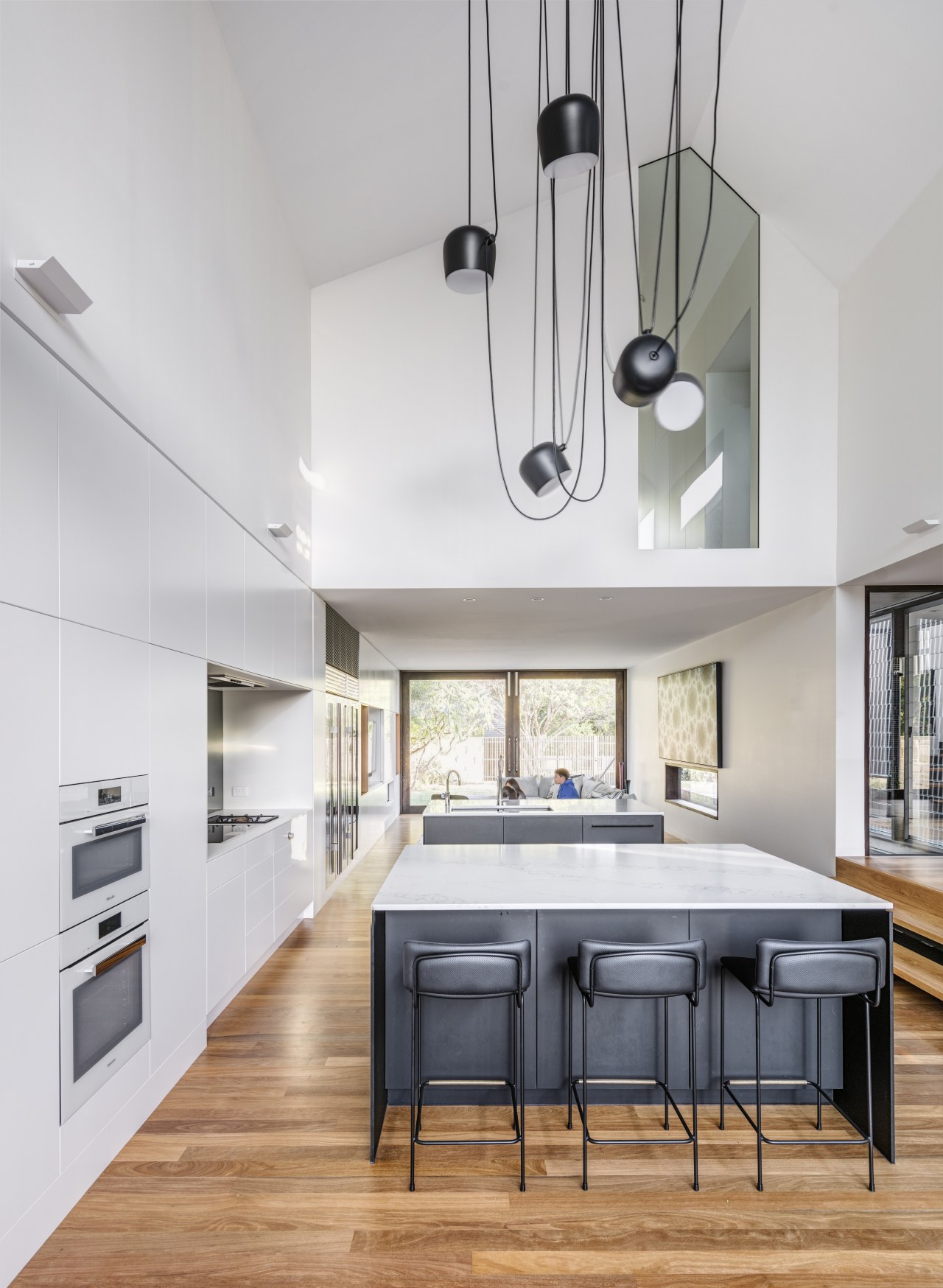
Conceptually, Cole likens this arrangement to a natural gorge in which water cuts through to form secluded spaces, with overscale walls generating the final form of the two wings.
On the ground floor of the smaller of the wings is the spacious kitchen, with a family living space on one side and a covered outdoor terrace leading to the pool on the other side.
The parent’s master suite sits above on first floor of this wing, with as much separation as possible from the other areas of the home.
The three children’s bedrooms and their bathroom run along the top of the other wing. Each of the bedrooms opens onto a covered outdoor balcony that leads to a lounge at the top of the spiral stairs, where there is also a bridge across to the parent’s master suite.
While this lounge is currently used as a rumpus room, Cole says it will be an ideal hangout for the children and their friends when they reach their teenage years.

On the ground floor of this wing is the family dining room at the base of the stairs, linking across the pond to the kitchen. This wing also contains a separate guest bedroom/study and bathroom, plus access to the garage.
The plan and orientation of the two wings ensures sunlight penetrates all the spaces, while flowering creeping plants planted along the inner skin of the two wings provide an ever changing natural connection.
Cole says the distinctive cladding of the home is a nod to an iconic Australian material seen on rural sheds and buildings.
“The galvanised corrugated iron wraps down from the roof and is still made today in the same way as it was 150 years ago,” he says.
“Over time it will rust, gradually changing and softening. So the building and its material themselves will reflect age and growth just like the family that lives there.
“A house like this isn’t designed just for the present. If it’s going to work now and you and your family still want to enjoy living there in decades to come, you need to plan for growth and independence.”
Credit list
Architect and builder
Landscape
Paint
Fireplace
Kitchen feature lighting
Fridge and wine fridge
Rangehood
Filtered water tap
Awards
Story by: Paul Taylor
Photography by: Murray Fredericks and Michael Lassman
Home kitchen bathroom commercial design
Diving into nature
Classic looks, contemporary efficiency
Personality plus
Home Trends Vol. 35/4
Real estate agents often say the kitchen is one of the major factors that sways potential buyers of a home. But these da...
Read More
